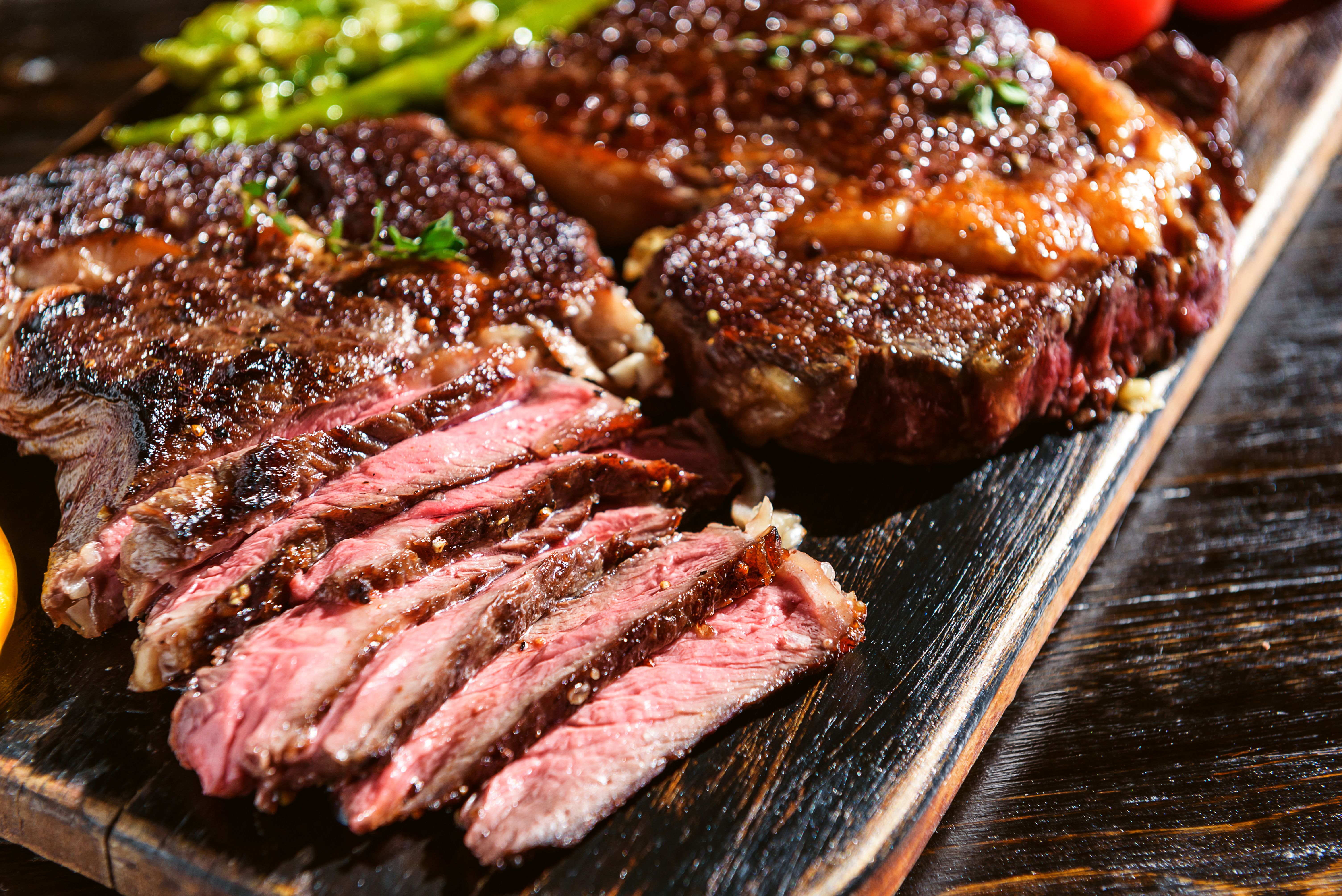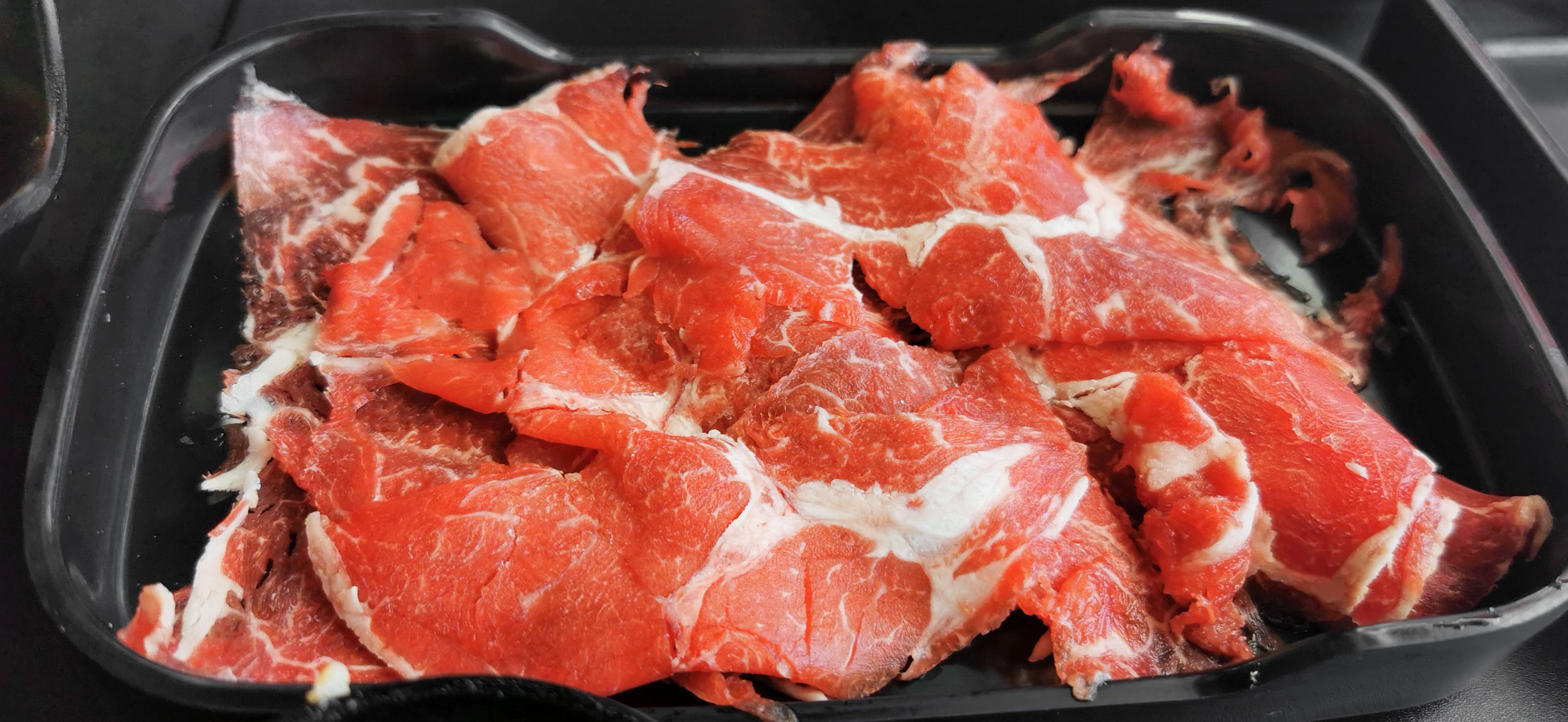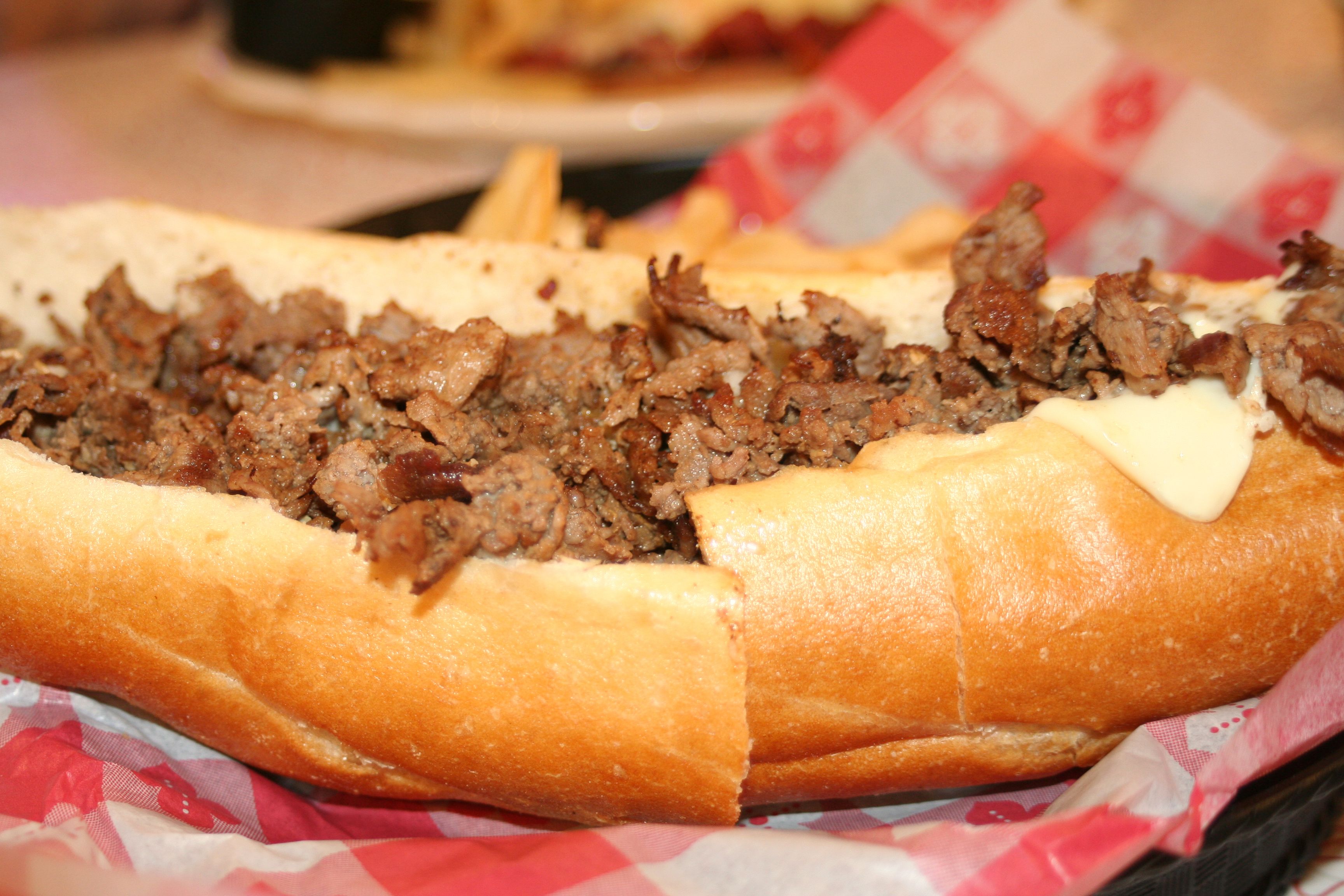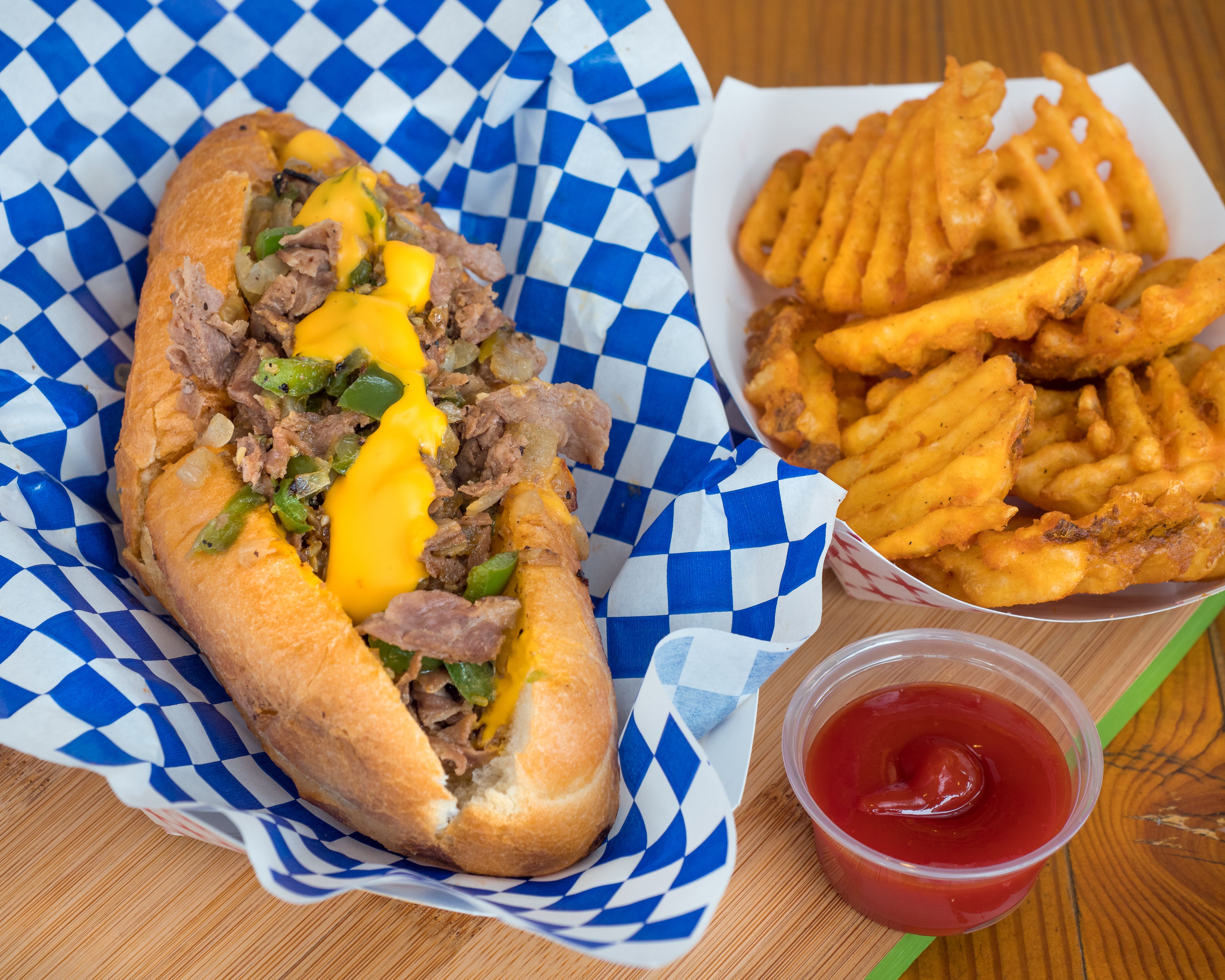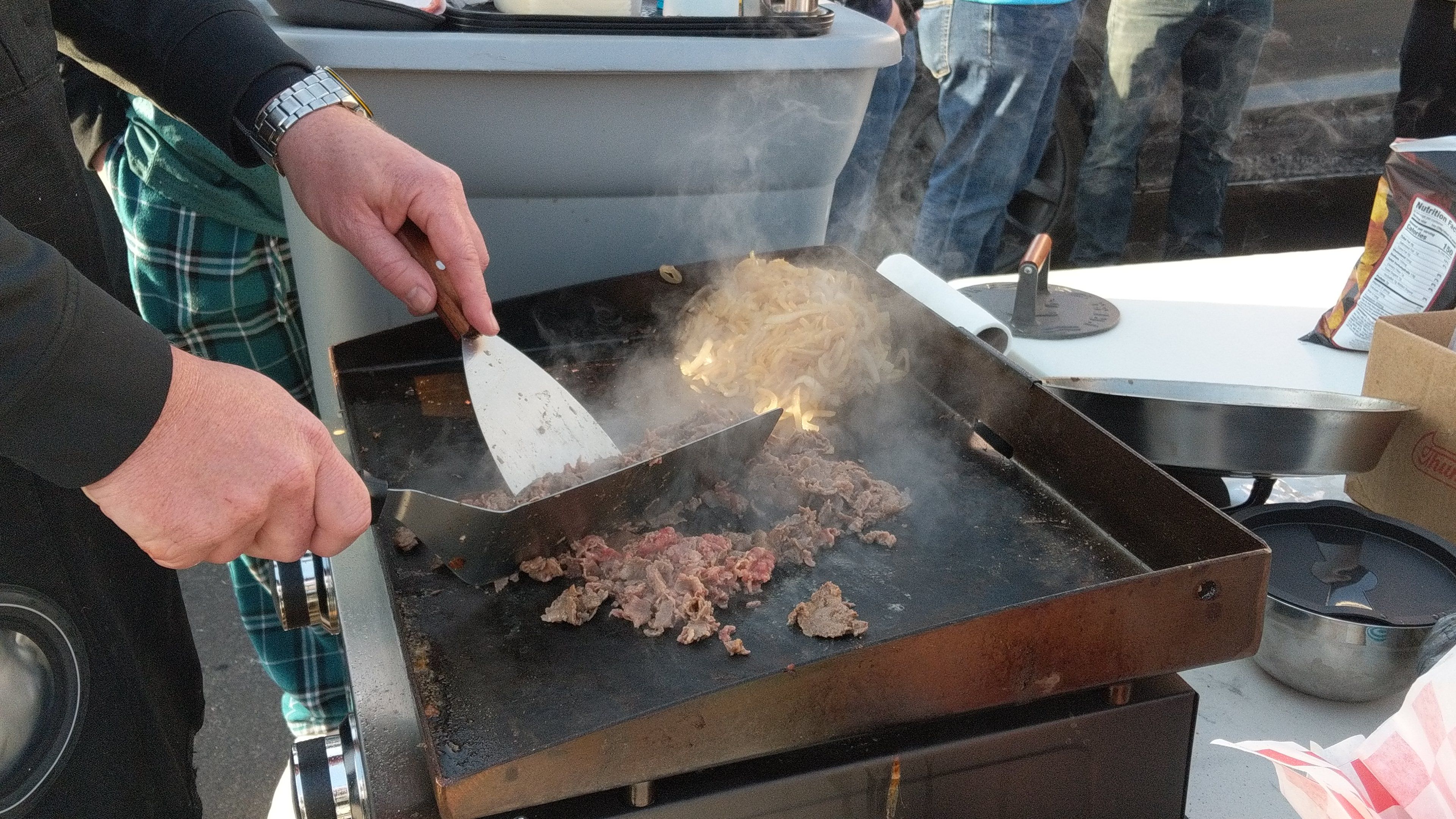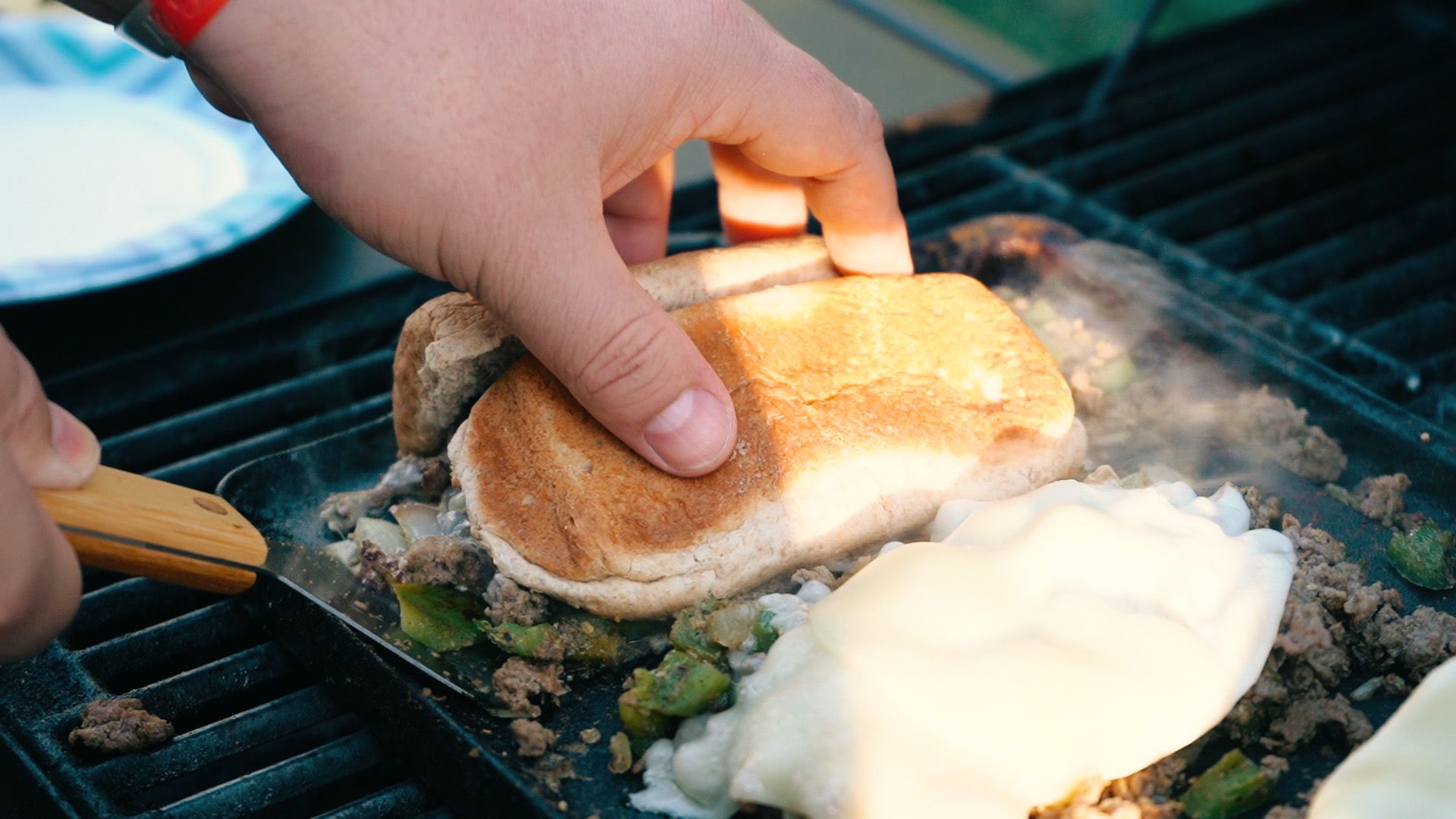Enter: Cheesesteak. This overstuffed hoagie roll is filled with perfectly grilled steak, its juices cascading down and out of the roll, pooling to a shimmering puddle on the paper it's wrapped in. Soon to follow that is the cheese, which has melted down in a string of the most tempting part of the sandwich. The onions and peppers glisten from the inside of the roll, their slightly browned edges exuding flavor and the scent, well... it's the stuff dreams are made of.
This iconic American sandwich exlicits a borderline inappropriate reaction when a person gets their hands on it, and it truly is just that delicious. For decades now, the cheesesteak - specifically that of the Philly variety - has been an early lunch for workers everywhere, a satisfying and slightly indulgent dinner with a side of fries, and a late-night meal for those who stay up all night partying. The sandwich, and the city, are intermingled in such a way that it has become a worldwide phenomenon.
Contrary to popular belief, it is possible to make a decent Philly cheesesteak at home, and if you follow these tips, you might even gain some respect for it.
It Starts With The Right Type Of Steak
When it comes to making a cheesesteak, there's only one cut of steak that does the whole sandwich justice, and that's ribeye. This cut is the only one to have a perfect balance between marbling (which means flavor) and lean meat.
When it's sliced thin, the marbled layers simply melt away, leaving nothing but the lean parts of the steak to soak up all of that salty, savory flavor. This also keeps the meat moist while it cooks which is why a good cheesesteak will always be tender, regardless of how long it remains on the grill.
There's One Technique That's Sure To Result In Thin Slices
The texture and thickness of the meat is just as important as the type of meat that's being used. Traditionally, the steak on a Philly is sliced incredibly thin, slightly thicker than a piece of cardstock, in order to ensure maximum tenderness and uniformity.
This is very challenging to do with meat that's already been cooked and even more of a challenge to slice off meat that hasn't been cooked. So, what's the trick? Freeze the meat first, then shave slices off with a sharp knife - just make sure to cut against the grain.
The Roll Matters Just As Much As The Meat
Amaroso rolls are by far one of, if not the best, choice for a cheesesteak. Potato rolls don't hold up at all, rolls that are too crusty will soak up too much of the moisture and become soggy or leave the filling dry, so there must be a good in-between.
The exterior of a good cheesesteak roll should be slightly crusty with a bit of a tough layer, while the inside should by soft and tender and fluffy enough to support everything that will be piled inside of it.
Let's Talk About Cheese
There has been a long (very long) debate over what type of cheese is proper for a Philly cheesesteak. Traditionally, Whiz cheese is number one on the list: it melts beautifully (especially if it's already pre-heated), lends plenty of flavor and salt, and manages to drip into all of those crevices, leaving no part of the sandwich un-cheesed.
However, there are purist who will insist that provolone is the best cheese for the job as it's known for pairing well with steak. And then, there are those who feel that American cheese is a tried and true option due to its superior melting point. Therefore, the cheese is a personal choice but if you are leaning toward the Whiz, make sure to heat it up for a bit prior to spooning it over the sandwich.
If You Have It, Use A Griddle For Good Color Which Equals Good Flavor
A griddle or cast iron pan are really the only two suitable pieces of cooking equipment to do the job. A griddle will closely mimic that of a flat top which is how cheesestakes are traditionally cooked. This will also open up options in terms of how to cook the meat and vegetables, and you can use one side to grill the peppers and onions, while the opposite end cooks the meat.
If you've ever watched a cheesesteak being made, most chefs have two tools to get the job done - stainless steel benchscrapers which are used to cut and chop the meat together. These aren't necessary, but it helps to make bite-sized pieces, and to incorporate the salt and pepper that should be sprinkled over the top of each pile of meat.
The 'Flip'
If you haven't figured it out by now, every part of the cheesesteak process is integral to its flavor and structure - the ingredients only do half the job. Once the meat is cooked, arrange it in the shape of the hoagie roll (an elongated oval), then pile the peppers, onions, and mushrooms (if that's your thing) over the top. Then, place your cheese, whether in slices or a liquid form, and have a bit of water nearby - because now it's time to steam the whole thing together. A drizzle or two of water, and a stainless steal bowl to cover the whole thing, if you have it, will result in a perfect cheesesteak every time.
Then, it's time for the flip: open the hoagie roll and place it upside-down over the filling. Then, take a long spatula and slide it under the whole thing, being careful to literally flip the filling into the roll. Or, you could just scoop up all of the ingredients and place them in an open roll - but you won't have a solid cheese layer between the roll and the meat to prevent soggy bread.

